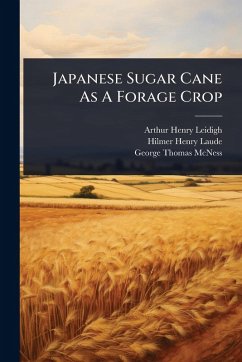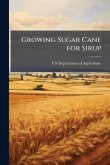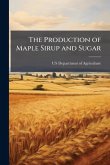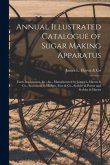"Japanese Sugar Cane As A Forage Crop" examines the cultivation and utilization of Japanese sugar cane as a sustainable and nutritious animal feed. Authored by Arthur Henry Leidigh, Hilmer Henry Laude, and George Thomas McNess, this study delves into the practical aspects of growing Japanese sugar cane, focusing on its benefits as a high-yield forage option. The book provides insights into agricultural techniques and botanical characteristics relevant to optimizing this crop for livestock nutrition. An invaluable resource for farmers, agricultural scientists, and anyone involved in livestock management, this work offers a detailed exploration of how Japanese sugar cane can contribute to efficient and sustainable farming practices. This work has been selected by scholars as being culturally important, and is part of the knowledge base of civilization as we know it. This work was reproduced from the original artifact, and remains as true to the original work as possible. Therefore, you will see the original copyright references, library stamps (as most of these works have been housed in our most important libraries around the world), and other notations in the work. This work is in the public domain in the United States of America, and possibly other nations. Within the United States, you may freely copy and distribute this work, as no entity (individual or corporate) has a copyright on the body of the work. As a reproduction of a historical artifact, this work may contain missing or blurred pages, poor pictures, errant marks, etc. Scholars believe, and we concur, that this work is important enough to be preserved, reproduced, and made generally available to the public. We appreciate your support of the preservation process, and thank you for being an important part of keeping this knowledge alive and relevant.
Bitte wählen Sie Ihr Anliegen aus.
Rechnungen
Retourenschein anfordern
Bestellstatus
Storno








